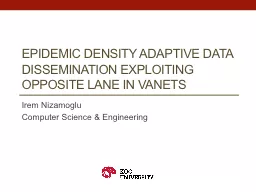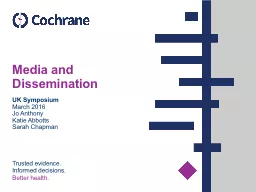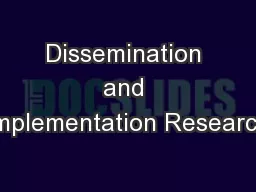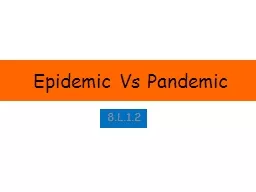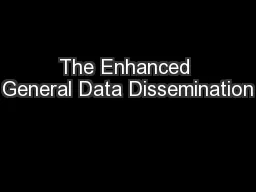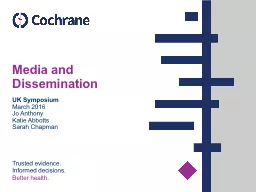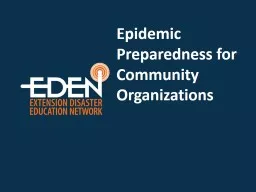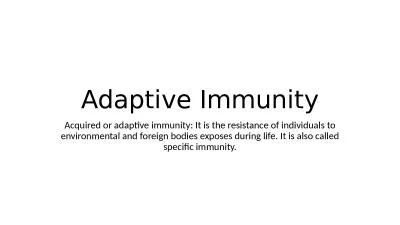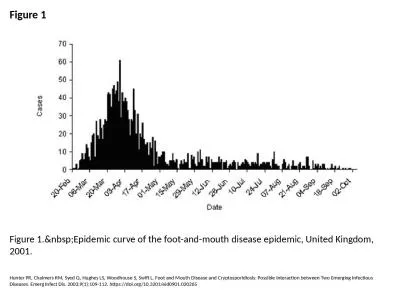PPT-Epidemic density adaptive Data dissemination exploiting opp
Author : trish-goza | Published Date : 2015-09-26
vanetS Irem Nizamoglu Computer Science amp Engineering Outline Motivation Epidemic Protocols EpiDOL Parameter Optimization Performance Results amp Adaptivity Features
Presentation Embed Code
Download Presentation
Download Presentation The PPT/PDF document "Epidemic density adaptive Data dissemina..." is the property of its rightful owner. Permission is granted to download and print the materials on this website for personal, non-commercial use only, and to display it on your personal computer provided you do not modify the materials and that you retain all copyright notices contained in the materials. By downloading content from our website, you accept the terms of this agreement.
Epidemic density adaptive Data dissemination exploiting opp: Transcript
Download Rules Of Document
"Epidemic density adaptive Data dissemination exploiting opp"The content belongs to its owner. You may download and print it for personal use, without modification, and keep all copyright notices. By downloading, you agree to these terms.
Related Documents

